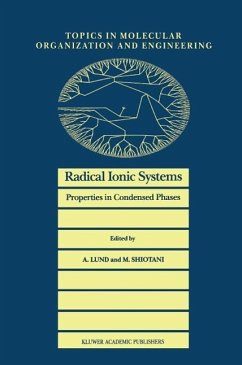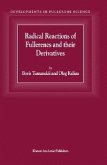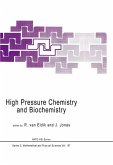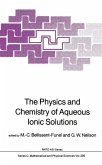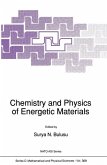It is now more than 20 years since the book "Radical Ions" edited by Kaiser and Kevan appeared. It contained aspects regarding generation, identification, spin density determination and reactivity of charged molecules with an odd number of electrons. New classes of reactive ion radicals have been detected and characterised since then, most notably cation radicals of saturated organic compounds. Trapping of electrons has been found to occur not only in frozen glasses but also in organic crystals. The structure and reactions of anion radicals of saturated compounds have been clarified during the last 20 years. We have asked leading experts in the field to write separate chapters about cation radicals, anion radicals and trapped electrons as well as more complex systems of biological or technological interest. More attention is paid to recent studies of the ions of saturated compounds than to the older and previously reviewed work on aromatic ions. In the case of trapped electrons full coverage is out of the question, and focus is on recent efforts to characterise the solvation structure in ordered and disordered systems.
Dieser Download kann aus rechtlichen Gründen nur mit Rechnungsadresse in A, B, BG, CY, CZ, D, DK, EW, E, FIN, F, GR, HR, H, IRL, I, LT, L, LR, M, NL, PL, P, R, S, SLO, SK ausgeliefert werden.

